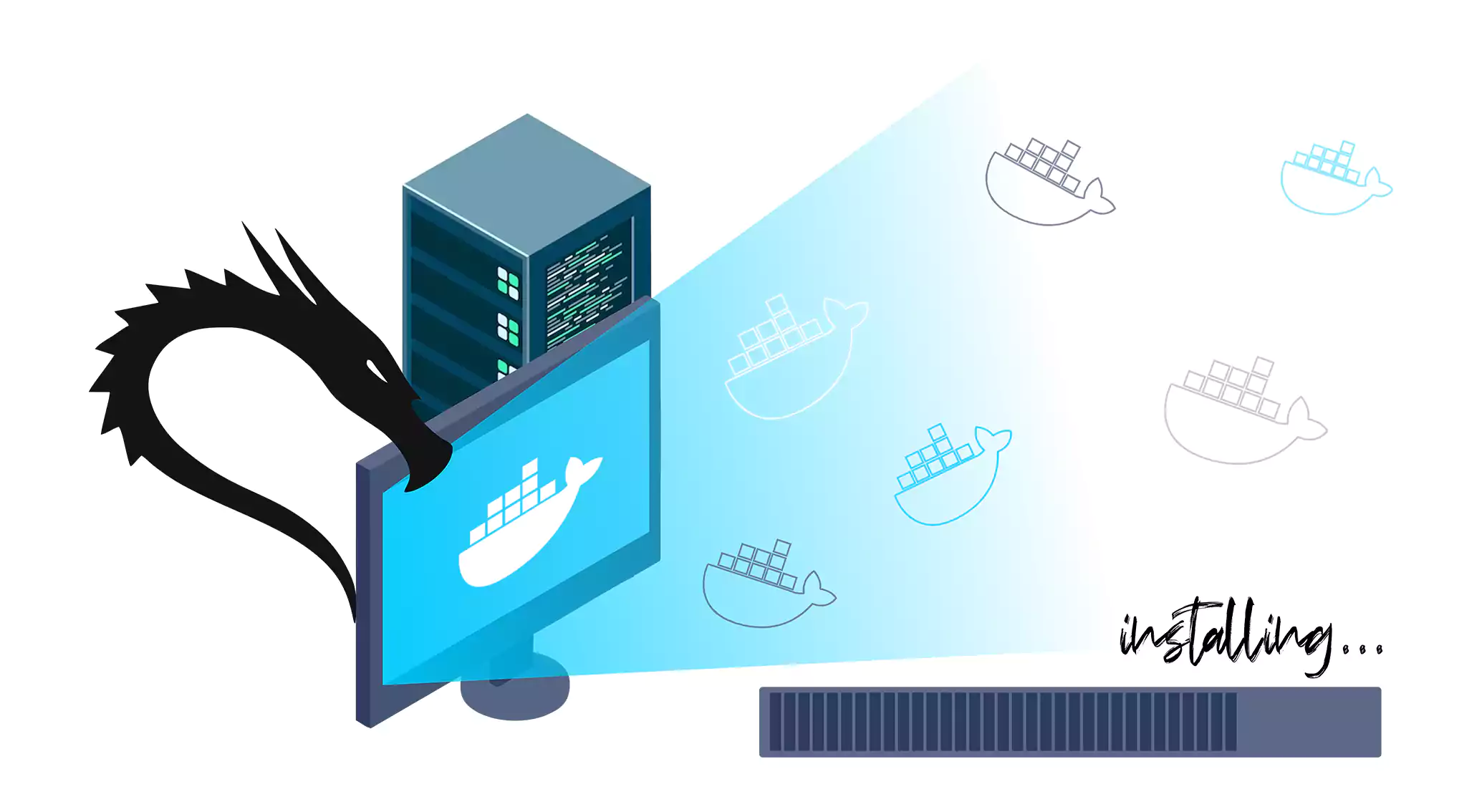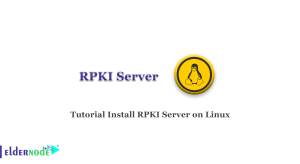
Are you eager to explore the world of containerization in Kali Linux? Look no further, as this How-to guide will walk you through the process of installing Docker on Kali Linux, enabling you to experiment with isolated applications and simplified deployment. Let’s dive in!
Note: This guide assumes you have a working installation of Kali Linux and have administrative privileges.
Table of Contents
Step 1: Update Kali Linux System
Before installing any new software, it’s crucial to ensure that your system is up to date. Please Open Kali Linux Terminal and execute the following command:
sudo apt update && sudo apt upgradeThis will update the package lists and upgrade existing packages to their latest versions.
Step 2: Install Dependencies
Docker requires a few dependencies to run smoothly. Install them by running the following command:
sudo apt install apt-transport-https ca-certificates curl software-properties-commonThese packages facilitate secure communication with repositories and provide essential tools.
Step 3: Add Docker’s Official GPG Key
To validate the authenticity of Docker packages, import their official GPG key into the system. Execute the following command:
curl -fsSL https://download.docker.com/linux/debian/gpg | sudo gpg --dearmor -o /usr/share/keyrings/docker-archive-keyring.gpgThis command fetches Docker’s GPG key and saves it in the appropriate keyring file.
Step 4: Add Docker Repository
Next, we need to add the Docker repository to the apt sources. Execute the following command:
echo "deb [arch=amd64 signed-by=/usr/share/keyrings/docker-archive-keyring.gpg] https://download.docker.com/linux/debian buster stable" | sudo tee /etc/apt/sources.list.d/docker.list > /dev/nullThis adds the Docker repository to the system’s repository list.
Step 5: Update Package Lists
Now, Please update the package lists to include the Docker repository. Execute the following command:
sudo apt updateThis ensures that the package manager is aware of the new repository.
Step 6: Install Docker on Kali
Finally, it’s time to install Docker. Please run the following command to start the installation:
sudo apt install docker-ce docker-ce-cli containerd.ioStep 7: Verify Docker Installation
Once the installation is complete, verify that Docker is functioning correctly. Execute the following command:
sudo docker run hello-worldIf Docker is installed properly, you should see a “Hello from Docker!” message, confirming that Docker is up and running.
Step 8: Manage Docker as Non-root User (Optional):
sudo groupadd dockersudo usermod -aG docker $USERwith these commands create a Docker group and add your user to it.
Step 9: You Need Log Out and Log Back In:
To apply the group changes, log out of your current session and then log back in. This will ensure that the new group membership takes effect.
Congratulations! You have successfully installed Docker on Kali Linux. Now you can leverage the power of containerization to simplify your application deployment and testing tasks.
Remember, with Docker, the possibilities are endless, but make sure to explore security measures and best practices to ensure a safe and efficient environment.
Happy Dockering!




